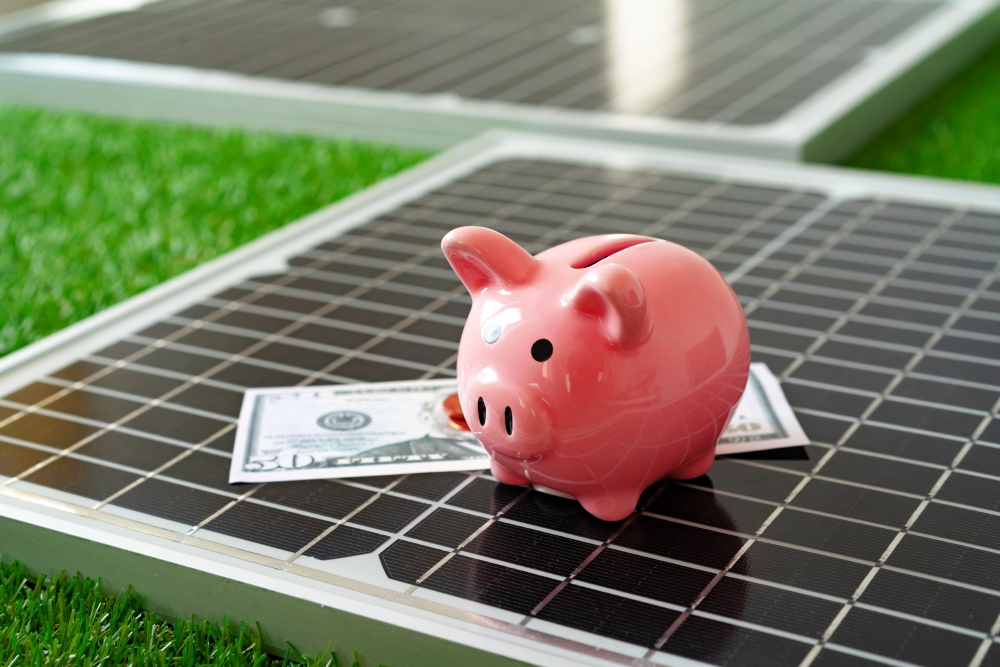Amidst industry turmoil, California set a new spring peak for utility-scale solar generation above 21 GW. Battery output exceeded 10 GW as the state surpasses 15 GW of installed energy storage capacity.
As the solar and storage industries brace for shifting political winds in Washington D.C., California continues doing what it does best: breaking clean energy records.
On May 22nd at 12:35 p.m. local time, the California Independent System Operator (CAISO) recorded a new all-time high for utility-scale solar generation: 21,556 MW of instantaneous output. The new record edged out the previous day’s by 35 MW, and marked the fourth time in 2025 that a new solar generation peak has been set.

Image: Source – Gridstatus.io – CAISO Maximum Solar Record
As shown in the chart above from GridStatus.io, solar generation records are typically set during the spring, although 2024’s record peak occurred in August. Following California’s solar surge, with output up 33.8% early in the year, the state’s spring solar peak has already climbed nearly 10% versus 2024.
Notably, the 21.6 GW figure includes only utility-scale solar. California also hosts nearly 20 GW of distributed solar across rooftops and businesses, bringing the state’s combined peak solar generation output to more than 40 GW. Over the past twelve months, solar has supplied close to 34% of the state’s total electricity generation.
At 7:45 p.m. on May 20, battery systems connected to the CAISO grid hit a new peak output of 10,030 MW, becoming the single largest source of electricity on the grid at that moment and the second highest peak output of the day, behind solar.

Image – Source – CAISO Supply Trends
On the following day, May 21, CAISO set a new all-time renewables generation record of 28,242 MW at 1:05 p.m., even as system demand hovered near just 21 GW. This surplus would have been unmanageable without California’s expanded battery fleet, which continues to absorb midday generation and prevent widespread curtailment.
Battery storage is also playing a critical role in reducing curtailment, allowing more solar to be used rather than wasted. The largest battery charging period occurred between 10 and 11a.m., with roughly 6,900 MW of solar-sourced electricity being stored.
This record-setting battery output was driven by significant new capacity additions. According to the California Energy Commission (CEC), as of April 2025, the state has reached 15,763 MW of installed battery capacity.

Image: Source – California Energy Commission
This value has increased from just over 13,000 MW reported in fall 2024. The CEC expects another 8.6 GW of capacity to come online over the next two years.
Dr. Daniel Snowden-Ifft, a physicist at Occidental College and regular reader of pv magazine USA, said the report showed the energy storage deployment rate “a little low but still basically on track” for California to reach its 52 GW target well before 2045.
The CEC reports 252,889 energy storage installations across the state. Of these, 214 are utility-scale facilities, representing less than 0.01% of installations but accounting for 84% of total capacity, with an average output of 62 MW each. In contrast, residential systems number 249,340 and total 1,829 MW of capacity, making up 98.5% of installations and 11.6% of deployed capacity.



